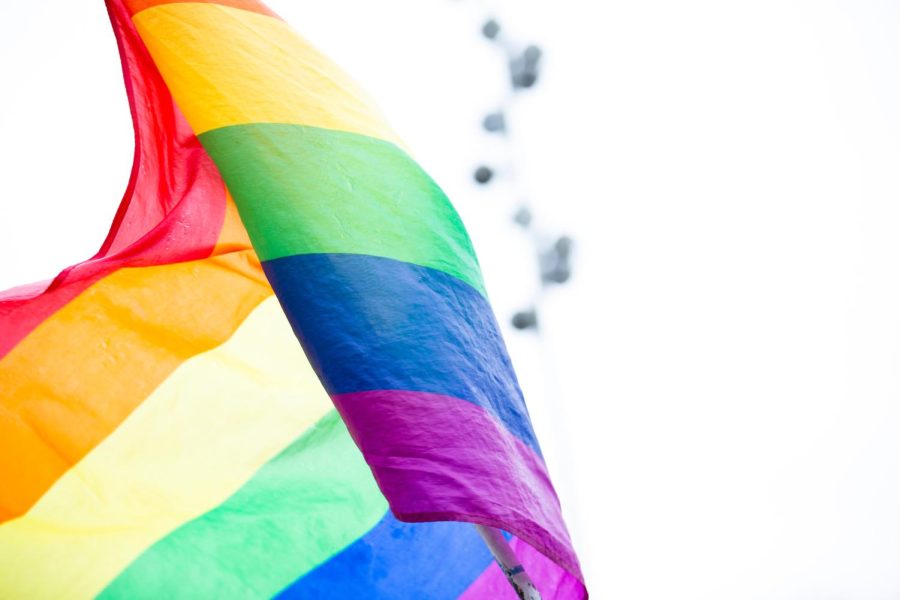Color psychology during pride month
May 31, 2023
Thumping music from all directions, smiles everywhere and the hot sun beaming down from blue skies as the people around me cheer. The feeling of being surrounded by love, support, and representation is all I can notice if I spin around. Pride. Or at least what I imagined it to be.
Being a young girl raised religious had its ups and downs. The biggest downfall was the feeling of being broken or wrong because I was different. When I looked at other girls and felt not just friendship, but a connection deeper than that. The same thing I felt when I would talk to a cute boy. All I knew was that it wasn’t right to feel that way.
It’s taken me nearly a decade to come to terms with what it meant to feel the way I did. Now that I’ve figured out how to be all the things I want to be at once, I can enjoy this year’s pride month in a way I was never quite able to.
I think we all know the traditional rainbow pride flag. Outside of the meaning the flag carries for LGBTQIA+ communities, each color has its own connotations within color psychology. According to Philosophy Communication, there’s a difference between their association and the mood they inspire.
Colors have a deep history of influencing people in different ways. Clara Vetter at Neurofied explains that colors are not only associated with what we see. Colors can guide attention, evoke emotion, influence motor function and performance, and can even be associated with certain tastes, sounds and scents.
Red: Passion, love, power
Orange: Enthusiasm, success, creativity
Yellow: Energy, happiness, joy
Green: Health, harmony, safety
Blue: Stability, trust, confidence
Purple: Wisdom, luxury, strength
These associations evoke mostly positive emotions. For me, knowing this creates a feeling of security. Even if groups or individuals have tried to create a negative association with flags that I identify with, it makes a world of difference to know what the subconscious feelings that the colors on the flags inspire are.
Whether you identify with any aspect of the LGBTQIA+ community or not, I hope you look at the flag and see more than just a political cause you may or may not agree with. The colors mean something, and they showcase the unique lives of every single person who identifies with the flag you’re looking at.
The science of color theory expands beyond just the rainbow pride flag. Whatever identity flag you choose to represent yourself with has the same potential to mean more than meets the eye.
As a bisexual woman who grew up in a less than accepting community, it means the world to me to look at a flag that represents my true community and feel pride.

